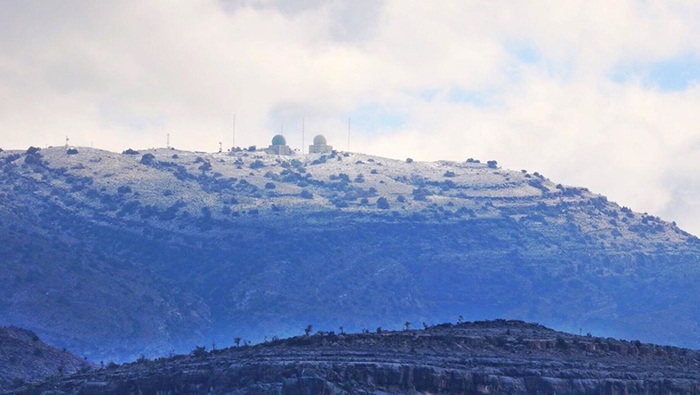Muscat: The winter season has arrived in Oman, bringing with it a noticeable chill in the air. It is now necessary to wear warm clothes when venturing out early in the morning or late at night to avoid shivering or catching a cold.
According to the Omani Astronomical Society, Friday, December 22, 2023 marked the official beginning of the winter solstice in the northern hemisphere. Ibrahim bin Muhammad Al-Mahrooqi, the Vice President of the Omani Astronomical Society, stated that this day would be characterized by the shortest day and longest night. In Muscat, the sun will rise at 6:45 am and set at 5:25 pm MCT. The duration of daylight will be 10 hours, 40 minutes, and 46 seconds. Winter solstice marks the onset of winter, which lasts for 88 days, 23 hours, and 39 minutes.
Al-Mahrooqi further explained that the winter solstice is an astronomical event caused by the tilt of the Earth's axis and its orbit around the sun. Due to this tilt, the northern and southern halves of the Earth exchange positions to receive sunlight. It is important to note that the seasons do not arise from the proximity or distance of the Earth from the Sun. During the winter solstice, the Sun reaches its southernmost point in the sky, and the North Pole is tilted away from the sun.
He emphasized that during the winter solstice, not all locations on Earth experience a sunrise and sunset. Above the Polar Circle, the Sun remains below the horizon throughout the day, while in the Antarctic Circle, there is no sunrise or sunset due to the Sun remaining above the horizon all day, a phenomenon known as the midnight Sun.
He highlighted that the winter solstice is characterized by the sunrise occurring from the far southeast and the Sun's low apparent path. This is when the shadows of objects reach their maximum length during the year. He explained that this phenomenon follows the autumnal equinox in September. After crossing the Equator on the day of the Autumnal Equinox, this phenomenon gradually moves towards the south. In the northern hemisphere, the length of the day gradually becomes shorter, reaching its peak on the winter solstice with the shortest day and longest night. Conversely, in the southern hemisphere, the opposite occurs on the same day.
He further mentioned that the Earth has two movements. The first is its rotation around its axis from west to east, resulting in the alternation of day and night every approximately 24 hours. The second is its orbit around the Sun, completing approximately once every 365.25 days, leading to the change in the four astronomical seasons.
He stated that during the winter solstice, the Sun rises from a point in the southern sky for a few days before it starts its apparent path towards the north again. This is a result of the Earth's movement in its orbit around the Sun. As a consequence, the hours of daylight gradually increase until they become equal on the night of the Vernal Equinox, which will occur on March 20, 2024.













